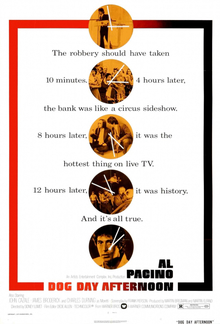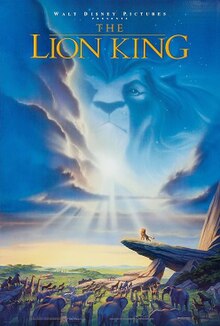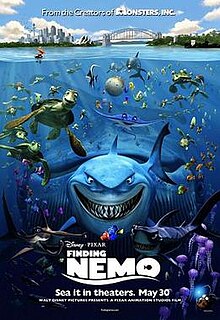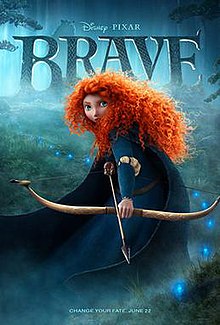If you grew up in the 1990s, it’s likely you’d recognize the work of director Jon Turteltaub, but not his name. While Turteltaub hasn’t been as prolific as say, Steven Spielberg, he had many hits that defined our childhood. Even as we grew up, we would eventually turn to films made in the timeframe of the ’90s and think, “Huh . . . that was pretty good.” I am sure there are other directors for other generations who made films that defined their formative years, but for the Xennials (the group between Generation X and the Millennials), Jon Turteltaub is undoubtedly a strong candidate. Part of this was due to his connection to Disney at the time, directing many films aimed at the children of the ’90s. Even the less Disney-esque films he directed were still distributed via a Disney subsidiary. This week’s two films highlight two ends of Jon Turtletaub’s directing career.
National Treasure
Year: 2004
Rating: PG
Length: 131 minutes / 2.18 hours
While Turteltaub’s career has veered mostly toward television pilots recently, with shows like Jericho, Harper’s Island, Common Law, and Rush Hour holding his focus, he still occasionally directs films. With Disney’s The Kid (2000) capping off his 1990s films, the rise of the Pirates of the Caribbean franchise revealed that audiences had an appetite for action and adventure that Disney wanted to immediately grab hold of. Shortly after Pirates of the Caribbean: The Curse of the Black Pearl (2003), Disney tasked Jon Turteltaub to direct National Treasure (2004). A few years later, he would also helm the sequel, National Treasure: Book of Secrets (2007). While there was no third film in this franchise, Turteltaub and Nicholas Cage would eventually team up again for The Sorcerer’s Apprentice (2010).
Benjamin Franklin Gates (Nicholas Cage) has spent his life searching for a treasure allegedly hidden by the Founding Fathers of the United States. While his father, Patrick (Jon Voight), is skeptical the treasure exists, he is surprised to find his son on his doorstep with the Declaration of Independence and Dr. Abigail Chase (Diane Kruger) from the National Archives. Ben ended up stealing the original document when the search led his partner, Ian Howe (Sean Bean), to suggest that they steal the Declaration to find the next clue in the puzzle. Sensing Ian’s ulterior motives, Ben took the Declaration first and, with his father’s help, finds the next clue to locating the treasure. The ensuing cat and mouse chase lead the group across the east coast, eventually arriving at Trinity Church in New York City. With Patrick as Ian’s hostage, Ben has to decide: save his father, or give up the treasure?
Cool Runnings
Year: 1993
Rating: PG
Length: 98 minutes / 1.63 hours
While some people might have liked the campy 3 Ninjas (1992), Turteltaub really didn’t hit his stride until the next year, when Cool Runnings (1993) was released. Of course, that could just be my nostalgia talking. Either way, many people have considered it a good movie. Shortly afterward, Turteltaub directed such hits as While You Were Sleeping (1995) and Phenomenon (1996), showing that he could direct films that weren’t necessarily aimed at Disney’s target demographic. That being said, these films were still made under the wider “Walt Disney Studios” brand via Buena Vista Pictures. One does wonder if his association with Disney helped these films become the cult classics they are today. Some of his more recent, non-Disney films, like Last Vegas (2013), have done all right, but time will tell if his upcoming film, Meg (2018) will stand up over time like his work in the 1990s has.
Failing to qualify for the 1988 Summer Olympics, Derice Bannock (Leon Robinson) is upset that he can’t compete as a runner for his home country of Jamaica. Not letting the incident get him down, he seeks out a different route to the Olympics: bobsledding. If Derice can’t make it to the Summer Olympics, he is committed to competing in the Winter Olympics instead. Finding former bobsled gold medalist, Irv Blitzer (John Candy), Derice gathers a team of runners and manages to scrape together the cash to sponsor their team. Once at Calgary, nobody takes the team from the Caribbean seriously, including some of the team members themselves. After a last-place showing on the first day of competition, the four Jamaican bobsledders find their groove and start to advance in the rankings. With the potential for a medal on the line, will their old and used bobsled hold up long enough to get them across the finish line?
2 sum it up: 2 films, 2 terrific Turteltaub movies
Bacon #: 2 (Cool Runnings (directed) / John Candy -> JFK / Kevin Bacon)














